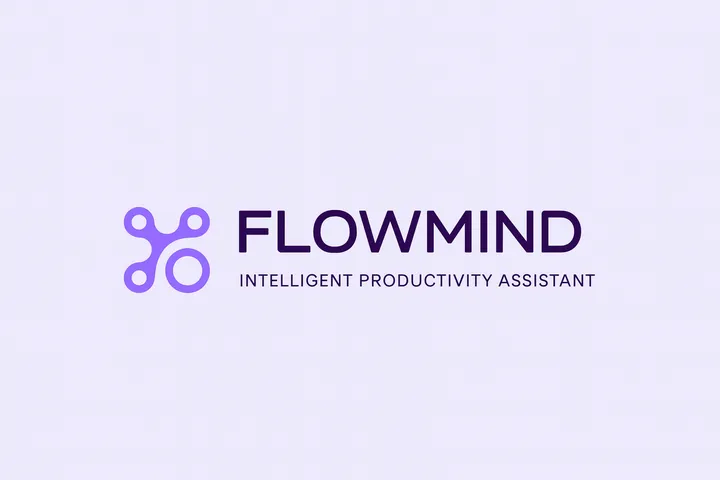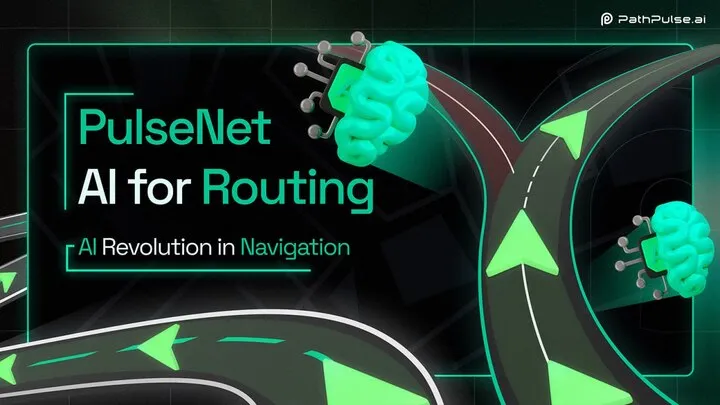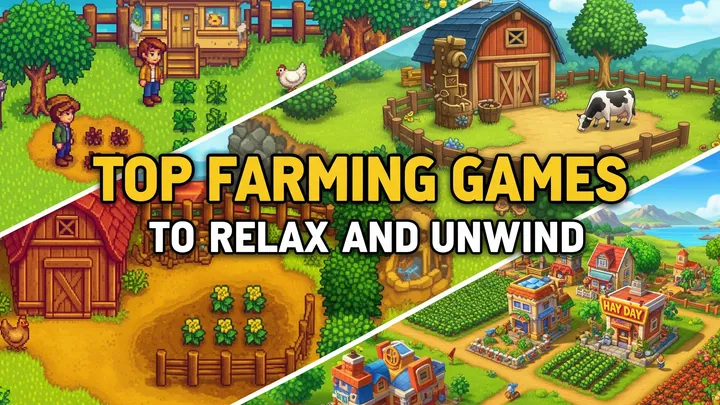Introduction
The year 2025 has already marked a turning point in digital innovation. The mobile app ecosystem continues to expand at a breathtaking pace, with startups and tech giants racing to introduce tools that capture attention, solve real-world problems, and shape the way people live and work. Out of thousands of releases, three new apps have risen to the top in early 2025, each representing a different facet of the future: productivity, creativity, and social connection.
These apps are not just software. They are signals of where technology is heading, how consumer behavior is evolving, and what new expectations users will carry into the rest of the decade. Let us take a closer look at these breakthrough platforms: Flowmind AI, VisionCraft Studio, and PulseNet.
1. Flowmind AI – The Future of Personal Productivity
Productivity has always been a battlefield in the digital world. From calendar apps to task managers, countless tools promise efficiency but often fail to adapt to the unpredictable nature of human work. Flowmind AI, released globally in February 2025, is different. It combines large-scale language models, emotional analytics, and adaptive scheduling to create what many describe as the first truly intelligent personal productivity assistant.
Intelligent Time Management

Flowmind AI integrates deeply with calendars, email systems, and collaboration tools. Unlike earlier assistants that only set reminders, Flowmind actively reshapes schedules in real time based on context. If a user struggles with focus, the app detects behavioral signals from typing speed, voice tone in meetings, or even wearable health data, then recommends breaks or shifts in priorities. The result is a schedule that adapts like a human assistant would, reducing burnout and improving output.
Emotional Awareness in Workflows
One of the boldest features of Flowmind is its emotional intelligence. By analyzing tone in emails or meeting transcripts, Flowmind identifies rising stress or conflict. Instead of merely flagging issues, it offers constructive responses, such as drafting empathetic emails or proposing rescheduled discussions. This approach has generated debate: some critics question the privacy implications of analyzing emotional cues, while others argue it represents the future of healthier workplaces.
Market Impact
Since launch, Flowmind AI has been adopted by over 40 major corporations and has gained 10 million individual users. Its rise highlights a shift in productivity apps from static tools toward adaptive, AI-driven companions. If 2024 was the year of AI entering creative fields, 2025 may well be the year of AI redefining how people manage their time and mental energy.
2. VisionCraft Studio – Creativity Without Limits
Creativity apps have traditionally catered to niche audiences. VisionCraft Studio, launched in March 2025, aims to change that by making professional-grade creative production accessible to anyone with a smartphone.
Generative Design and Media

At its core, VisionCraft is a generative design app. Users can create 3D models, animations, and digital artworks using text prompts or voice descriptions. What sets it apart is real-time rendering on mobile devices, powered by breakthroughs in lightweight AI models. Within seconds, a user can generate immersive visual experiences that once required high-end computers and professional training.
Collaboration Across Devices
VisionCraft is not a solitary tool. It introduces collaborative canvases where multiple users co-create in real time, blending sketches, voice inputs, and AI suggestions. This has made the app a favorite for both professional teams and casual creators. A classroom of students can design virtual museums together, while design firms prototype products collaboratively without relying on heavy desktop software.
Democratizing Creative Power
Critics worry that VisionCraft might accelerate the flood of AI-generated content online, potentially blurring the line between human artistry and machine creativity. Yet, many supporters argue the opposite: by lowering barriers, the app allows a broader range of voices and ideas to enter the creative landscape. The early numbers are impressive, with 15 million downloads in its first month and partnerships with schools and design agencies already underway.
3. PulseNet – Reinventing Social Connection
Social media has faced growing criticism for toxicity, misinformation, and declining trust. PulseNet, launched in April 2025, positions itself as the antidote. It is not a traditional social network but rather a hybrid platform blending private community spaces, verified content layers, and algorithmic transparency.

Community First Design
PulseNet focuses on smaller, interest-based circles rather than infinite scrolling feeds. Users join communities moderated by both human curators and AI, ensuring conversations remain constructive. Unlike older networks, where outrage often drove engagement, PulseNet rewards positive contributions with community badges and visibility boosts.
Verified Content Layer
A standout innovation is PulseNet’s verified content system. Every shared article or video is accompanied by a transparency panel that explains its source, publication history, and potential biases. This system is not foolproof, but it marks one of the most ambitious attempts yet to combat misinformation at scale.
Privacy and Trust
Privacy concerns have long haunted social platforms. PulseNet approaches this differently, giving users full control over data portability, content ownership, and algorithm preferences. Users can even see why a certain post was recommended to them. This level of transparency has already attracted younger audiences who distrust traditional platforms.
Cultural Momentum
Within weeks of launch, PulseNet was trending across technology forums and media outlets. By May 2025, it had surpassed 30 million active users, largely driven by Gen Z and millennials seeking healthier digital communities. Whether it will maintain momentum remains uncertain, but its early trajectory suggests a significant cultural shift in how online connection is imagined.
Comparative Analysis: Three Apps, Three Futures
Flowmind AI, VisionCraft Studio, and PulseNet represent different but interconnected aspects of the digital future. Flowmind embodies the rise of adaptive AI in productivity. VisionCraft showcases the democratization of creativity through mobile-first design. PulseNet reflects the urgent cultural need for healthier, transparent social spaces.
Together, they highlight broader themes:
- AI as infrastructure: No longer just a feature, AI is becoming the core engine of entire apps.
- User empowerment: Each app emphasizes giving users more control, whether over time, creativity, or community.
- Cultural responsibility: The demand for ethical design, transparency, and inclusivity is shaping 2025’s most successful products.
Broader Implications for Technology and Society
The success of these apps is not isolated. They are part of a wave of innovation responding to deep social and economic shifts. The hybrid workplace has fueled demand for smarter productivity tools. The creator economy is pushing for accessible platforms that allow anyone to generate content at scale. Rising distrust in traditional social networks has opened the door for alternatives that prioritize community and integrity.
These trends suggest that the apps of the future will not only deliver functionality but also address systemic issues: burnout, inequality in creative access, and digital distrust. The winners in 2025 are those that understand technology is not separate from society but embedded in it.
Conclusion
The top three apps of 2025 so far—Flowmind AI, VisionCraft Studio, and PulseNet—are shaping how people work, create, and connect. They symbolize a broader transformation of the digital landscape, where intelligence, creativity, and trust converge.
Whether these apps will sustain their momentum remains to be seen, but they represent a clear signal of the future. In a world overwhelmed by options, the tools that will thrive are those that feel less like apps and more like companions in human life. As 2025 unfolds, one thing is clear: the next era of digital experience is already here, and it is being built app by app.

















